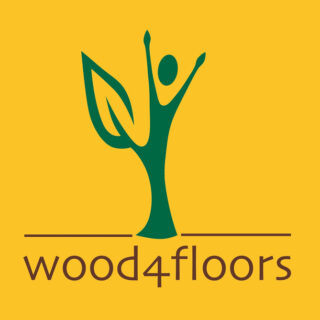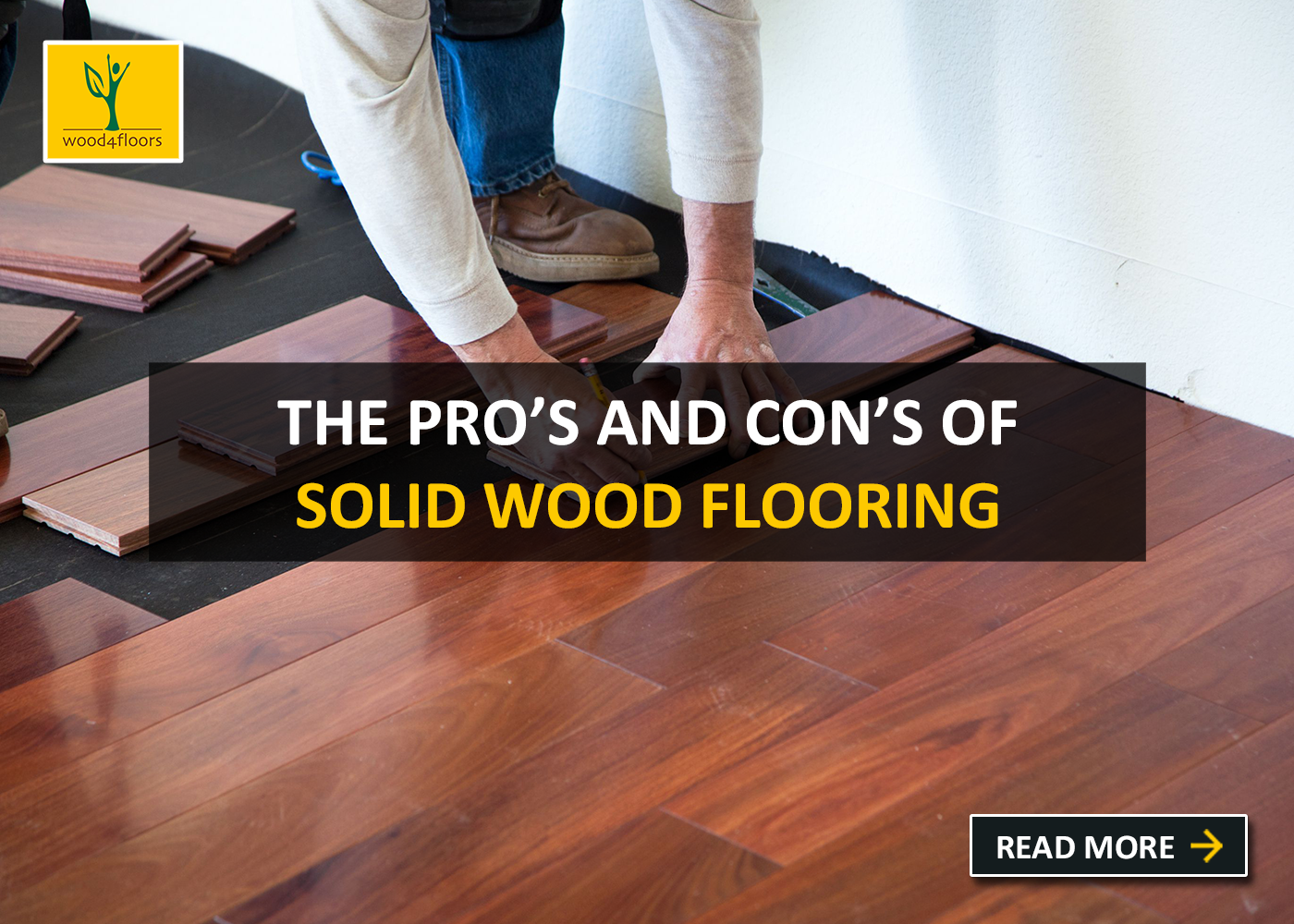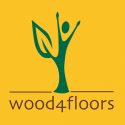When it comes to flooring, solid wood is highly sought after. It is beautiful in appearance, timeless, warm under foot and can last 100 years. However, there are some downsides. Before you decide on hardwood, read this quick post which details some of the negative aspects. Perhaps, engineered timber may be a more suitable choice.
Cost
Solid wood flooring is the most expensive choice. It costs more to buy and to install. Compare your prices with the engineered timber boards so you can make an informed decision. What makes most sense for you financially?
Installation
Hardwood is the most difficult type of floor to install because it has to be glued or nailed down, unlike engineered floors which can be floated. Fitting the boards together can be difficult because too because they change shape once they’ve been manufactured.
Stability
Moisture and heat pose serious problems for solid wood floors. In adverse conditions, they can warp, swell or split apart. Professional consultation and skilled fitting is the key to avoid any problems later on.
Suitability
Hardwood flooring is not suitable for installation in basements or rooms where dampness is common because humidity changes cause movement. Nor should it be used in properties with under floor heating as it dries out the boards causing shrinkage and buckling.
Durability
Solid wood can be more susceptible to wear and tear than other types of flooring. It will show wear, especially in high traffic areas. It scratches easily and can be damaged from excessive moisture. The plus side is it’s a lot easier to contend with imperfections – unlike laminate, it can be sanded and re-finished.


